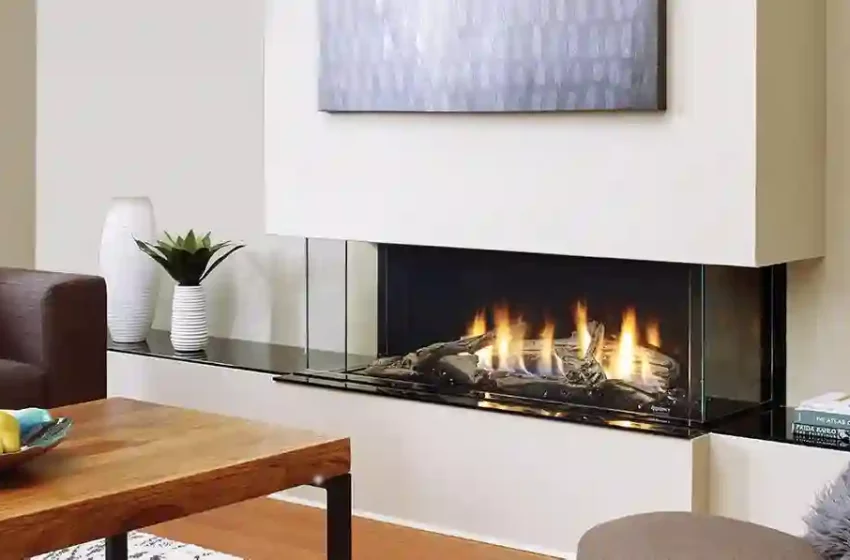
Indoor Propane Fireplace: The Best Way to Heat Up Your Home
When it comes to heating up your home during the colder months, an indoor propane fireplace is one of the best options available. It provides a cozy and warm ambiance while efficiently heating up your living space. In this article, we will discuss everything you need to know about indoor propane fireplaces, from their benefits to their maintenance.
What is an indoor propane fireplace?
An indoor propane fireplace is a heating appliance that uses propane gas as fuel to produce heat and create a flame that imitates a traditional wood-burning fireplace. It is designed to be installed inside your home and can provide an excellent source of heat for a single room or an entire house.
Benefits of using an indoor propane fireplace
There are many benefits of using an indoor propane fireplace, including:
Efficient heating: Propane fireplaces are highly efficient and can heat up your living space faster than traditional wood-burning fireplaces.
Cost-effective: Propane gas is cheaper than electricity, making propane fireplaces a cost-effective heating option.
Eco-friendly: Propane is a clean-burning fuel and produces fewer emissions compared to wood-burning fireplaces.
Convenient: Propane fireplaces are easy to use and require minimal maintenance.
Safe: Propane fireplaces do not produce harmful fumes or require ventilation like wood-burning
Fireplaces.
How does an indoor propane fireplace work?
An indoor propane fireplace works by burning propane gas to produce heat and create a flame that imitates a traditional wood-burning fireplace. The propane gas is stored in a tank outside your home and delivered through a pipeline to the fireplace. The gas is then ignited by a pilot light and burns efficiently to produce heat.
Types of indoor propane fireplaces
There are several types of indoor propane fireplaces available, including:
Traditional gas fireplace: This is the most common type of indoor propane fireplace, which imitates the look of a traditional wood-burning fireplace.
Ventless gas fireplace: This type of fireplace does not require a chimney or vent and can be installed anywhere in your home.
Direct-vent gas fireplace: This type of fireplace requires a vent that goes through an exterior wall and is more energy-efficient than traditional gas fireplaces.
Gas fireplace inserts: These are inserts that can be installed into an existing wood-burning fireplace to convert it into a gas fireplace.
Installation of an indoor propane fireplace
Installation of an indoor propane fireplace should be done by a professional. The process involves cutting a hole in your wall or ceiling to install the fireplace, running a gas line to the fireplace, and connecting the fireplace to the gas line.
Ventilation requirements for indoor propane fireplaces
Ventilation is essential for indoor propane fireplaces to ensure proper combustion and to prevent the buildup of harmful gases. Most propane fireplaces require a vent that goes through an exterior wall or roof to remove the combustion byproducts.
Maintenance of indoor propane fireplaces
Indoor propane fireplaces require minimal maintenance. However, regular cleaning of the glass front and checking the pilot light and burner should be done to ensure the proper functioning of the fireplace. It is recommended to have a professional inspect and service your indoor propane fireplace annually to prevent any potential issues.


